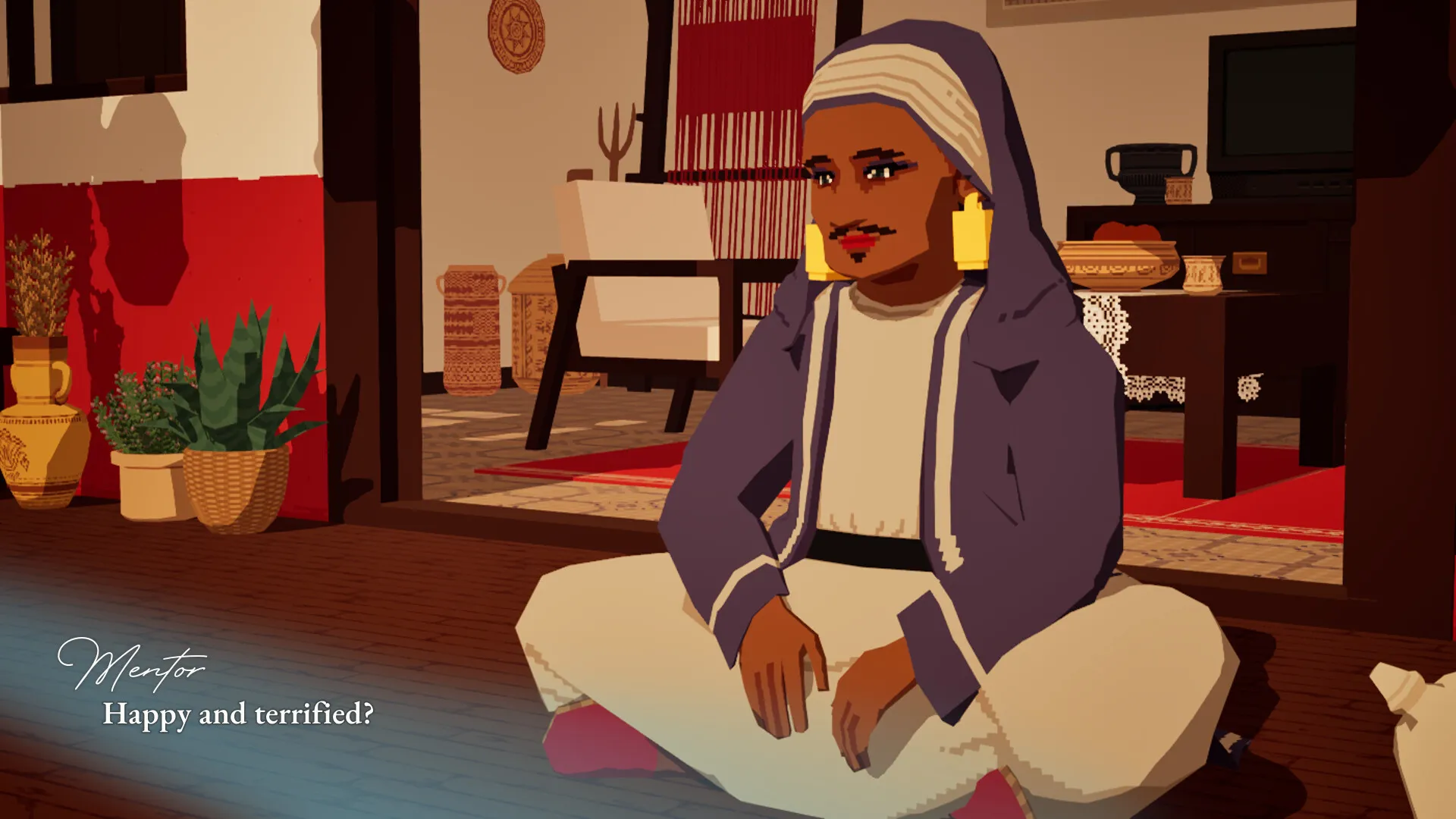Stepping into the role of the Dreamer in Many Nights a Whisper means embracing a decade of silent preparation for a ritual shot that will determine your community’s fate. Developed by Deconstructeam and Selkie Harbour, this hour-long experience marries minimalist archery mechanics with a weighty moral framework.
You inhabit a secluded island temple, rendered in warm low-poly hues that echo Mediterranean shores while casting long shadows of anticipation. Over the course of several days, you’ll train by lighting smaller torches, gleaning snippets of lore, before confronting one final blaze in a nocturnal ceremony.
The game’s concise runtime and meditative pace mirror titles like Journey in brevity but infuse tension reminiscent of Celeste’s precision challenges. In this review, we’ll dissect its narrative architecture, gameplay systems, audiovisual design, and the emotional resonance that lingers once the credits roll.
Story, Characters, and Themes
At its core, Many Nights a Whisper positions you as a teenager uplifted from birth to perform a once-in-a-decade rite. Your sole confidant is the Mentor, who probes you with existential questions—“What is the sibling of death?”—and reflects the narrative depth seen in The Red Strings Club. This sparse cast amplifies solitude while forging a bond rooted in shared purpose.
Functioning as both mechanic and metaphor, the Confession Wall scenes see townspeople feed braided hair through a slit to voice their desires. Snipping a braid accepts a wish and entwines it into your slingshot’s power; leaving it intact denies both hope and mechanical advantage. This duality evokes the moral puzzles of Undertale, where choices shape both story and systems.
Wishes range from simple comforts—rain for a lush island—to invasive demands—forced affection or immortality. Each decision forces you to balance empathy against the pragmatic need for range extension. What does it mean if your shot fails? Is failure truly failure if it teaches acceptance of uncertainty?
The game refuses to let you reload; success or misfire stands as a permanent testament, echoing the thematic weight of Outer Wilds’ one-shot loops. Narrative flow alternates daylight practice with hushed, candlelit rituals, building a rhythm of tension and reflection that culminates in a singular, irrevocable act.
Gameplay Systems and Challenge
The slingshot mechanics hinge on a simple click-and-hold interface: the longer you draw, the farther your fiery orb will fly. Absent crosshairs or trajectory markers, you rely on environmental cues and subtle arm-animation feedback—a snap-point sensation familiar to precision-focused titles like The Pathless. Early torches scattered throughout the temple grounds serve as both tutorial and world-building tools, delivering bite-sized lore while honing your muscle memory.
Each day’s progress hinges on the braids you accept: more hair equates to greater range but introduces a heavier pull, complicating fine control. This risk-reward loop feels like a distilled version of Dark Souls’ tension: every decision has mechanical and moral weight. When night falls, the shift to torchlit shadows transforms your practice markers into distant, wavering beacons. With only one chance to light the final brazier, the game achieves a rare form of pressure that lingers long after pressing “play” again isn’t an option.
Controls are crisply tuned for both controller and Steam Deck, making handheld play surprisingly robust. Yet players less inclined to “guess the arc” may find the minimal assistance a steep learning curve—an intentional design choice that reinforces the narrative stakes.
Visuals, Audio, and Emotional Resonance
Visually, Many Nights a Whisper employs a low-poly palette of deep blues and ember-lit oranges. Crumbling stone ruins and overgrown temple walls hint at centuries of ritual, while a boundless sea horizon underscores isolation. The gradual proliferation of lit braziers bathes the environment in warmer tones, symbolizing collective faith kindling hope.
Composer fingerspit’s score oscillates between brief, soaring piano motifs and lo-fi guitar loops that cradle moments of quiet introspection. Ambient waves and whispering winds fill the gaps, creating a soundscape as sparse and purposeful as the narrative itself. Dialogue is minimal but impactful—each line from the Mentor or townsfolk carries the weight of belief.
Together, visuals and audio cultivate an atmosphere of solemn anticipation. The single-shot climax—whether triumphant or heartbreaking—leverages these elements to elicit genuine reflection on uncertainty and responsibility. Like What Remains of Edith Finch, it demonstrates how interactivity and sensory design can converge to leave players contemplating choices long after the screen fades to black.
The Review
Many Nights a Whisper
Many Nights a Whisper delivers a powerful, hour-long meditation on choice and consequence. Its minimalist slingshot mechanics and single-shot climax create genuine tension, while the low-poly visuals and fingerspit’s haunting score deepen immersion. Though the brief runtime may leave you wanting more context, its focused narrative and emotional weight make every moment count.
PROS
- Tense, single-shot climax that sticks with you
- Meaningful moral choices tied to gameplay
- Striking low-poly art and dynamic torch lighting
- Haunting, memorable score by fingerspit
- Smooth controls on controller and handheld
CONS
- Very short runtime may feel too brief
- Minimal aiming assistance can frustrate some players
- Limited character interaction beyond the Mentor
- Sparse lore may leave questions unanswered
